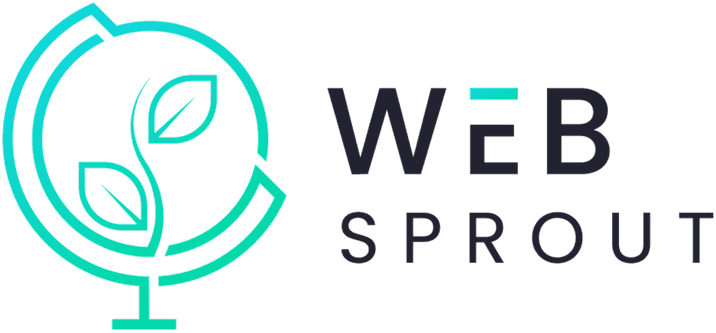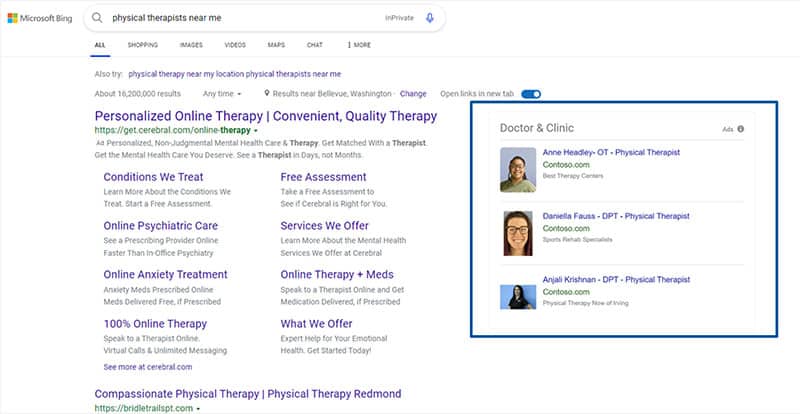In an era where digital presence dominates, the Grammys remain a potent reminder of the timeless power of live performance. This year, the spotlight shone brightly on Tracy Chapman and Luke Combs, artists from seemingly different worlds, whose Grammy moments captivated millions. Their performances, whether as a surprising duo or through their individual slots, not only showcased their musical genius but also offered invaluable marketing insights. Here’s what marketers can learn from their Grammy showcase.
1. Authenticity Resonates
Tracy Chapman, with her soulful lyrics and minimalist presentation, has long been a beacon of authenticity. Luke Combs, on the other hand, brings a raw, everyman appeal to his country music storytelling. Their Grammy performances, true to their essence, remind marketers of the power of authenticity. In a world cluttered with curated personas, genuine stories and presentations stand out. Brands that stay true to their core values and communicate them transparently can forge deeper connections with their audience.
2. Cross-Genre Collaborations Create Buzz
Chapman and Combs’s performance is a testament to the magic that happens when worlds collide. This unexpected pairing generated significant buzz, illustrating the marketing principle of leveraging the unexpected to captivate an audience. For brands, this means exploring partnerships outside their industry norms. Such collaborations can refresh the brand image and attract new customer segments.
3. Emotional Connection is Key
Both artists excel in creating an emotional connection with their audience, albeit in different ways. Chapman’s performances are introspective and poignant, while Combs’ are heartwarming and relatable. Their ability to evoke emotions is a powerful marketing lesson. Brands that craft campaigns or messages that touch on human emotions or shared experiences are more likely to leave a lasting impression.
4. Storytelling Transcends Mediums
At the heart of Chapman and Combs’ appeal is their storytelling prowess. Their songs narrate stories that are vivid, relatable, and moving. This reinforces the marketing wisdom that storytelling is an effective strategy across mediums. Whether it’s a product, a brand history, or a social media campaign, stories engage and persuade more effectively than facts and figures alone.
5. Adaptability is Essential
Observing Chapman and Combs, marketers can also learn about adaptability. Whether adapting to the Grammy stage’s grandeur or engaging with a diverse audience, their performances reflect the ability to remain relevant and impactful in changing environments. Brands must also be adaptable, ready to evolve their strategies in response to market trends, consumer behavior changes, or technological advancements.
6. Quality Over Quantity
In an age of streaming and digital overload, Chapman and Combs’ performances highlight the importance of quality. Their music, characterized by depth and craftsmanship, stands in stark contrast to the ephemeral trends that often dominate the digital landscape. For marketers, this underscores the value of investing in high-quality content and experiences that endure beyond the momentary buzz.
Why We Care
Tracy Chapman and Luke Combs’ Grammy performances are more than just musical triumphs; they are masterclasses in effective marketing. By embodying authenticity, fostering emotional connections, embracing storytelling, and demonstrating adaptability, they offer a blueprint for brands aiming to make a genuine impact. As the digital landscape continues to evolve, these timeless lessons remain constant beacons for marketers aiming to connect with their audience on a deeper level.





